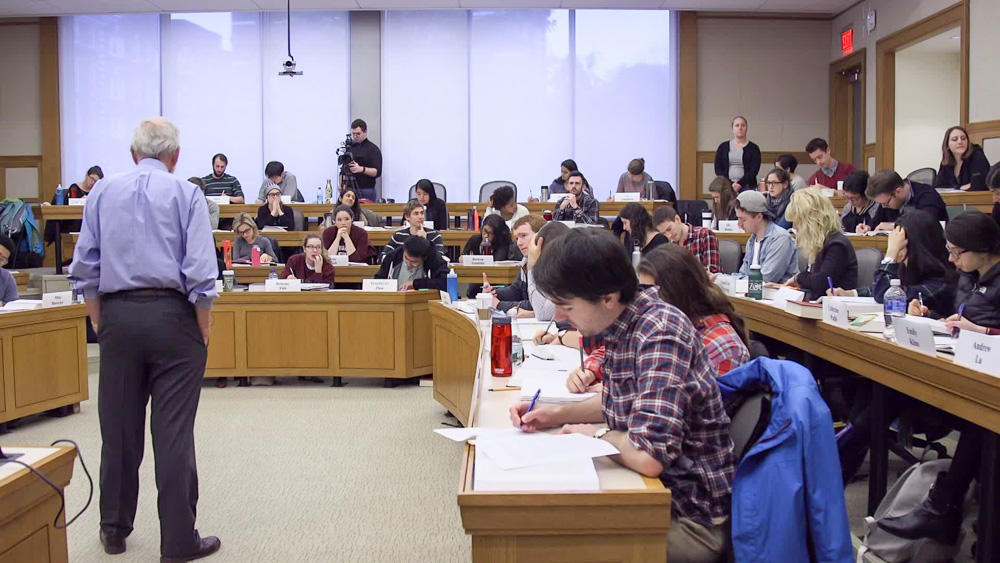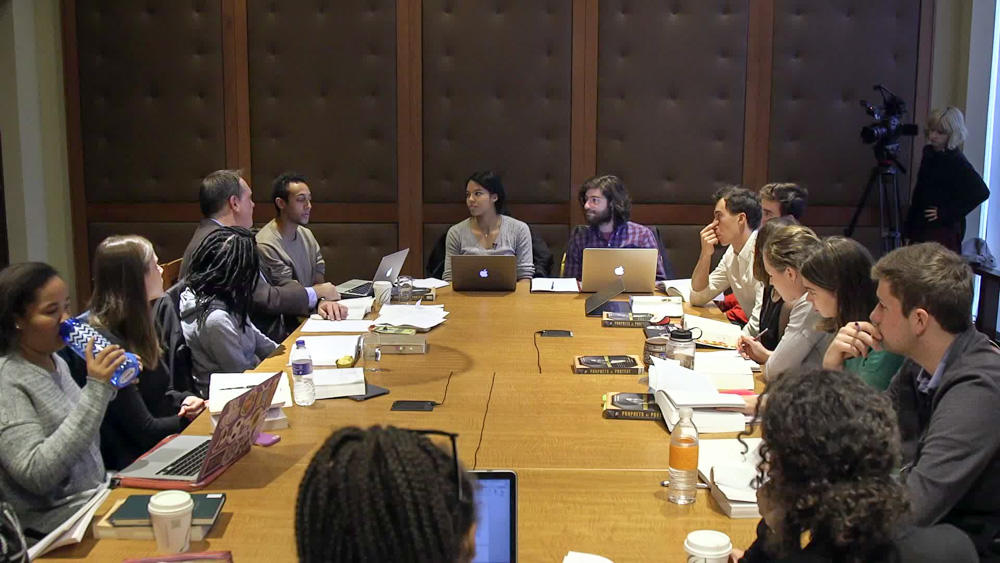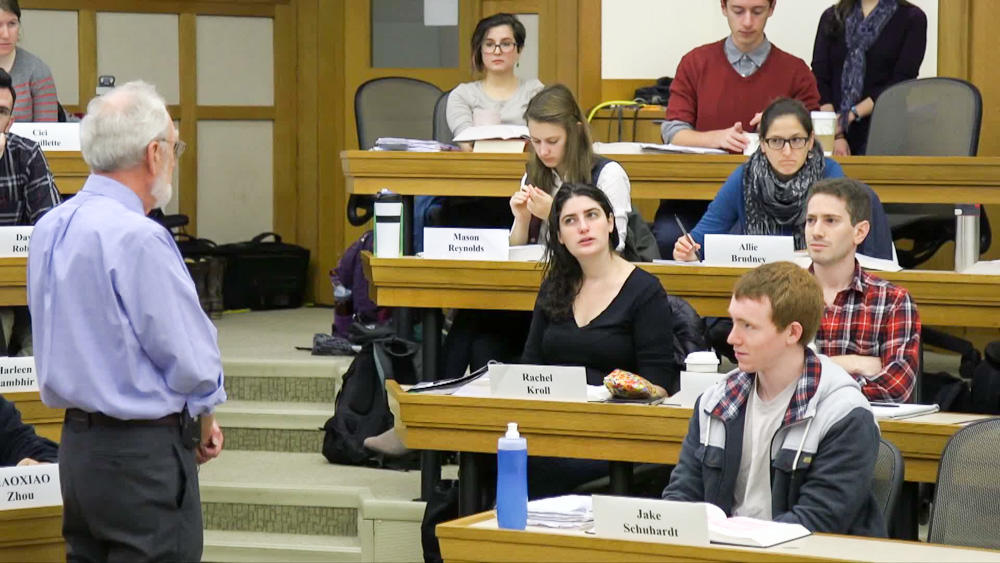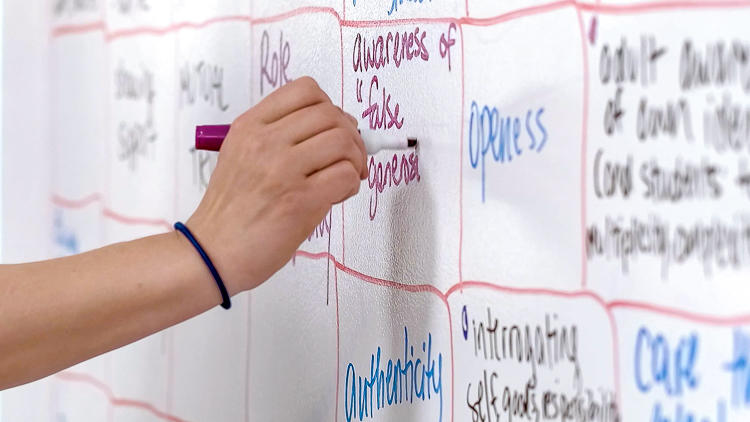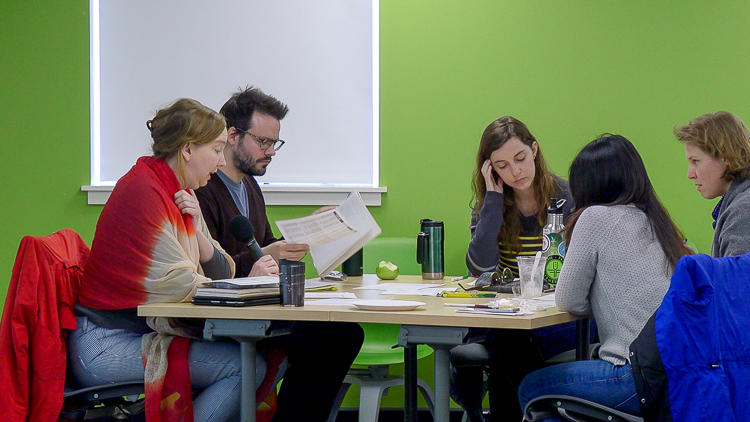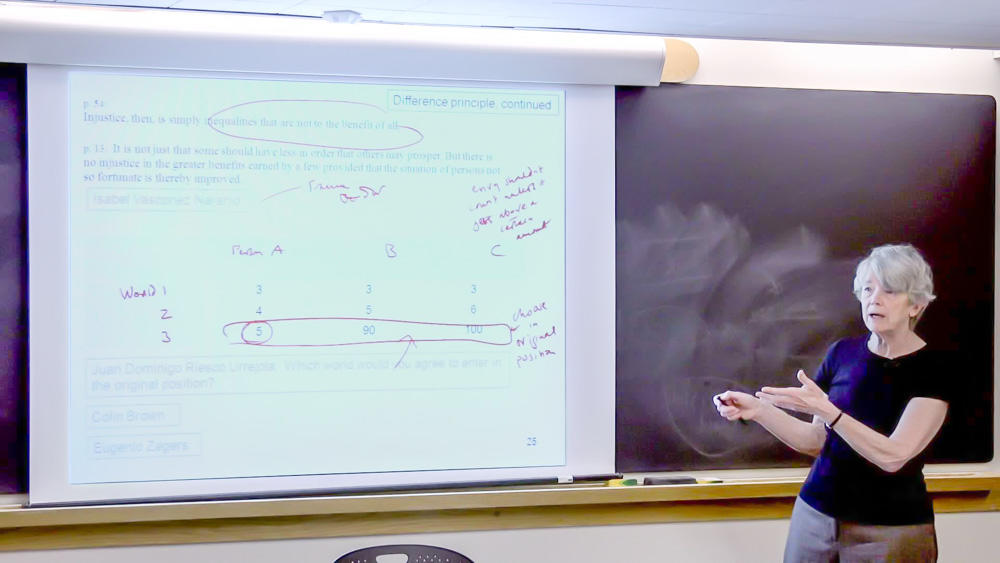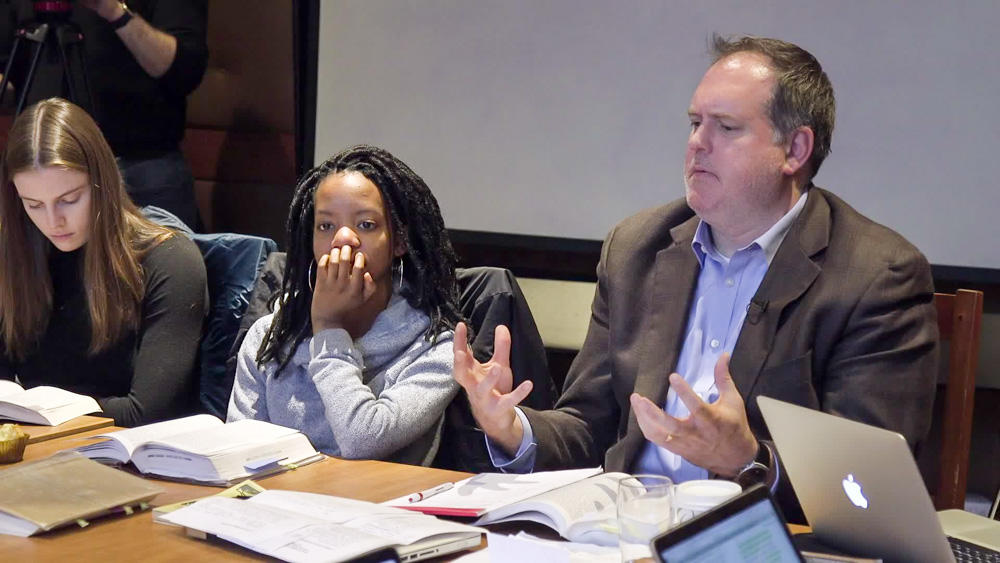A truly balanced discussion promotes equity by amplifying the voices of all students rather than just the outspoken few. This seldom occurs by chance. Rather, it is the result of careful planning and intentional strategies. We would additionally be hard-pressed to find an instructor who has not struggled with pacing class discussions. In addition to keeping an eye on the clock, this demands quick thinking and real-time adjustments, nimble reframing of questions and nonstop judgment calls. Without attention to pacing, lesson objectives might not be met. Meanwhile, without some healthy flexibility, those spontaneous moments of collective discovery characteristic of productive class discussions may be abruptly halted.
Which students in our classrooms tend to dominate the conversation? What strategies might help us get more voices into the mix? When should we chime in? How do we pivot the dialogue when necessary? In these videos, featured professors share strategies for facilitating more equitable and well-paced discussions in their classrooms.



